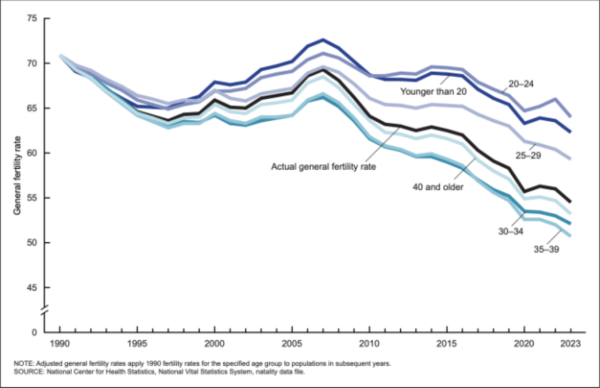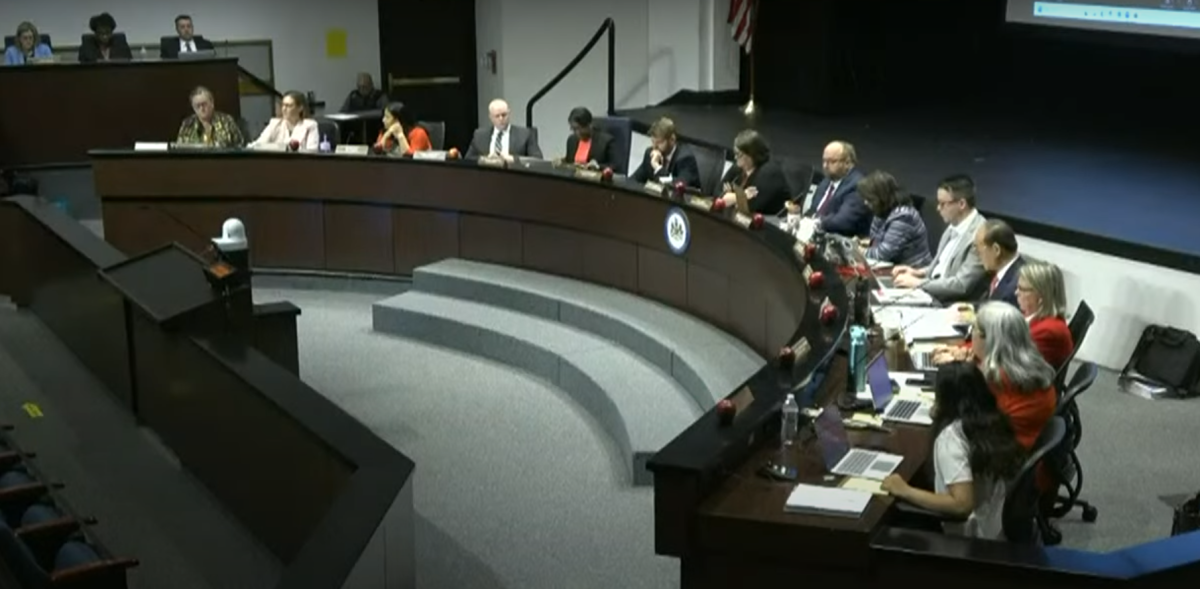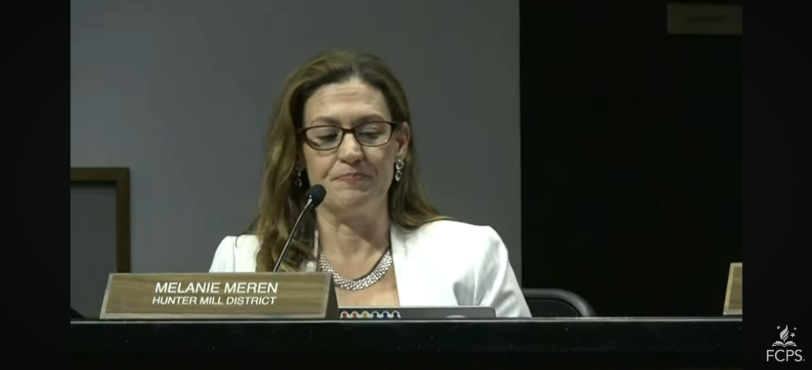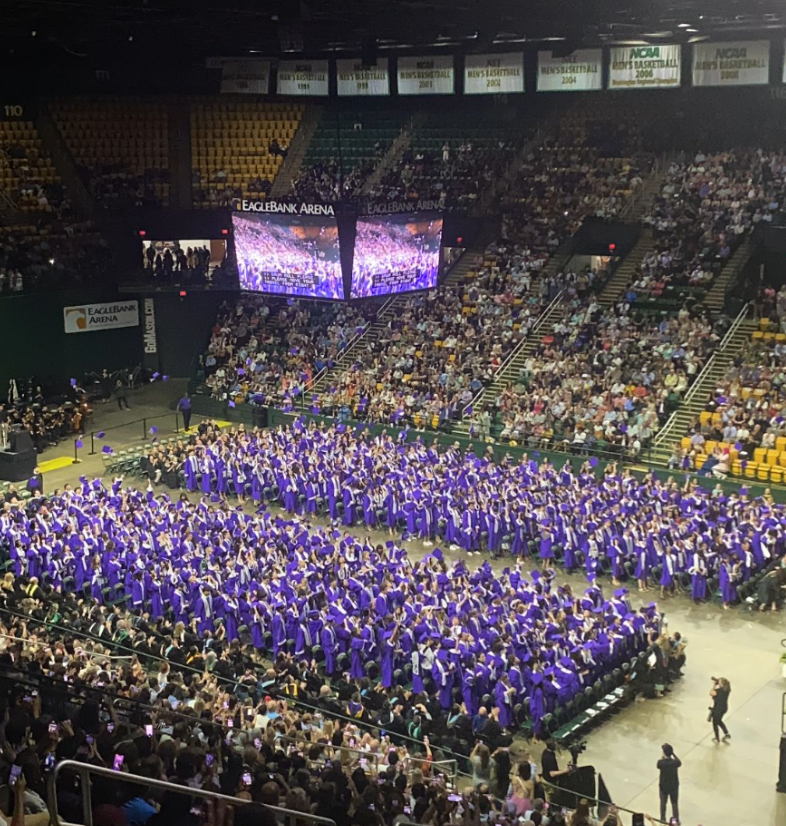Filling up school halls to the brim, seniors not only walk one step closer to graduation, but one step closer to making history–the cohort will be the largest graduating class the United States has ever seen, a title they’re projected to hold for the foreseeable future.
Born mostly between late 2006 and mid-2007, these 17- and 18-year-olds are set to graduate this spring. The Western Interstate Commission for Higher Education (WICHE) contends that across the U.S., roughly 3.9 million high school seniors will graduate.
“I think it’s pretty cool actually that we’re going to be the largest graduating class for a while,” senior Ishita Thatavarthi said. “It’s not something I realized before, but it does make me think about the impacts that would have had on me growing up, like my class sizes always being so large. ”
Thatavarthi believes that the large class size has helped create a strong sense of community amongst people her age.
“Since there are so many of us who are the same age, that means that a lot of the online trends and content you see were also started by people my age,” Thatavarthi said. “It feels more relatable.”
Several social media users have claimed that the large class size may contribute to fewer college acceptances this year, but college and career specialist Margarita Rodriguez adds that the situation is more complex.
“You also have a lot of people who are trying to major in the same thing, like computer science, but colleges have a limit on the number of kids they want per specialty, so they’re rejecting a lot more people,” Rodriguez said. “We don’t have enough people trying to become nurses, architects or teachers.”

Graduating class sizes have grown since the 1990s, with around a 58% increase between 1995 and 2025. However, class sizes are projected to steadily decline after this year, with the 2024 WICHE report projecting an estimated 3.4 million graduates in 2041–a 13% decline. The decline aligns with a decrease in the number of births per year in the U.S. While 2007 saw the highest number of babies ever born in one year, the number of births per year in the US has since fallen nearly 20% as of 2024.
“The 2008 recession is a big reason class numbers are going down,” Rodriguez said. “It had a lot of consequences for families.”
Social studies teacher Jeffrey Krajic specifies that the impact of the Great Recession was not due to the recession itself, but rather from the actions that it led people to take.
“When people have less money, raising a kid becomes harder to afford,” Krajic said. “The effects of the recession were felt for a long time even after it ended.”
According to The International Union for the Scientific Study of Population, while the Great Recession played a role in declining birth rates, shifting norms about having children in the U.S. also explains the smaller class sizes. The organization concludes that although there is no single explanation for the sustained decline in U.S. births, theories such as the cost of childcare, debt and more occupational opportunities for women can be attributed.
And, while current projections only calculate up until 2041, class sizes may continue to decline well beyond that year.
“The world is constantly changing, no matter how many students are graduating each year,” Rodriguez said. “Even with smaller class sizes, there’s no way to know how the future is going to play out–we’ll just have to wait and see.”










